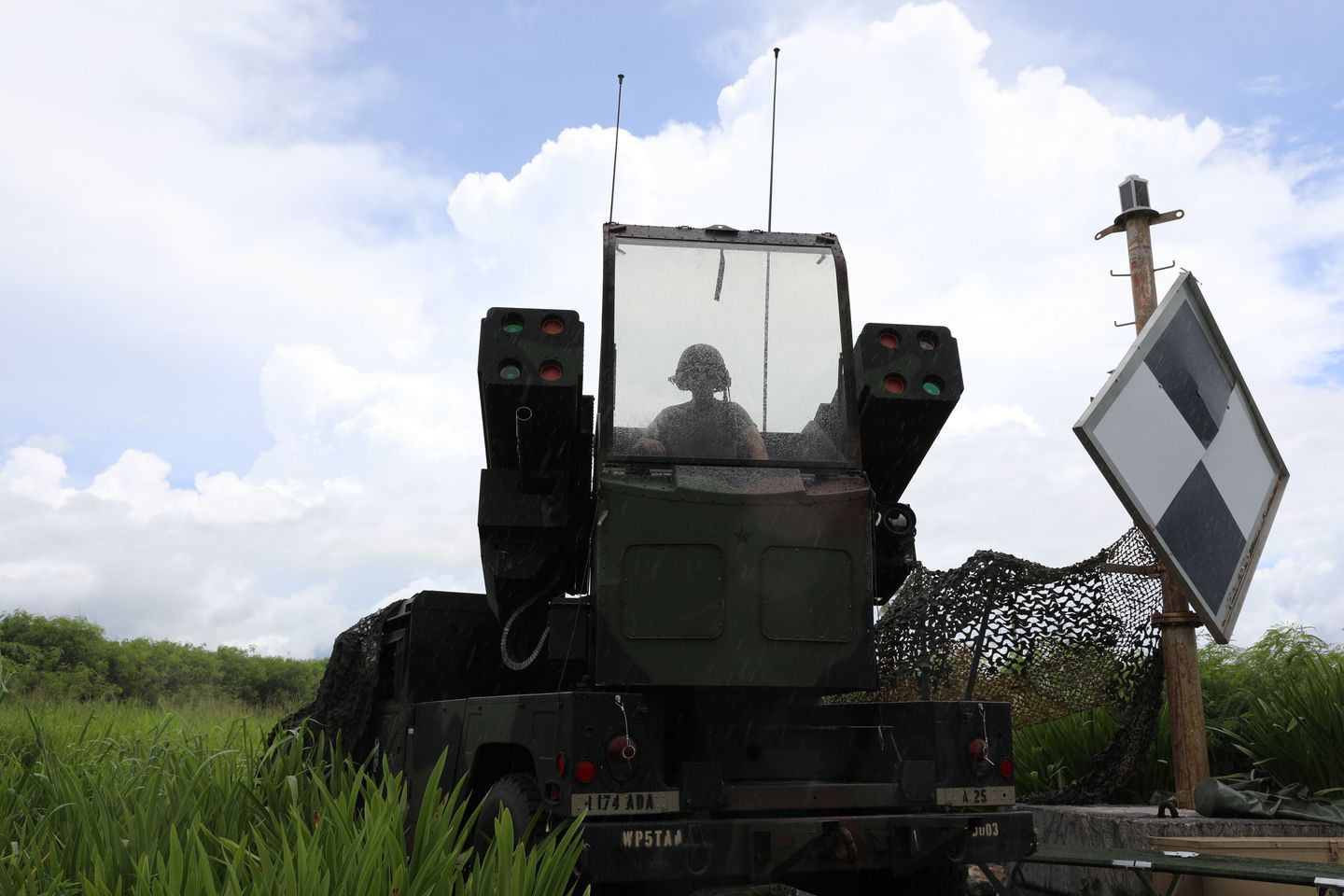

The U.S. will invest in new military construction across the Pacific while updating existing facilities in Guam and Australia, defense officials said Monday, offering the first broad glimpses of the Pentagon’s unfolding effort to redirect equipment and personnel from traditional hot spots such as the Middle East to counter the growing threat posed by China.
Speaking to reporters Monday afternoon, defense officials laid out the general principles in the Biden administration‘s “global posture review,” or GPR, which represents a comprehensive reevaluation of U.S. military assets across the globe and a rough road map for where those assets should be stationed in the 21st century. The document itself is classified and Pentagon officials offered little detail on specific future moves.
But defense officials made clear that the GPR reinforces the idea that resources need to be moved from the Middle East and elsewhere toward the Pacific, where an increasingly aggressive China and its well-funded People’s Liberation Army pose a newfound threat to stability. That broad military ‘“pivot” toward China was a top policy priority of former Presidents Obama and Trump and has been continued in many ways by President Biden.
<!– Temp removal of in article reco
End comment –>
But it’s a shift that has often been frustrated by the need to address immediate crises elsewhere, whether it was the Russians in Crimea, Iran and Libya in the Middle East, or Islamic State and other jihadists groups in Africa. Mr. Biden and Defense Secretary Lloyd Austin are likely to face similar competing priorities as they seek to execute the pivot.
“The priority region for the GPR was the Indo-Pacific,” a senior defense official told reporters. “In the Indo-Pacific, the GPR directs additional cooperation with allies and partners to advance initiatives that contribute to regional stability and deter Chinese military aggression and threats from North Korea.”
“These initiatives include seeking greater regional access for military partnership activities, enhancing infrastructure in Guam and Australia and prioritizing military construction across the Pacific islands,” the defense official said. “Direction from the GPR will strengthen the department’s focus on China by reducing posture requirements in other theaters to enable improved war-fighting, readiness and increased activities in the Pacific.”
The U.S. military exit from Afghanistan, first laid out by Mr. Trump and continued by Mr. Biden, is the greatest example of America’s seeking to clear the decks in the Middle East in order to focus on the Pacific. The Biden administration also has reduced the U.S. military role in Iraq, though several thousand troops remain in that country to advise Iraqi troops in the fight against the Islamic State terrorist group.
While the specific details of future U.S. military investments in Asia remain classified, officials stressed that exercises with allies remain a central component of America’s strategy. Officials specifically cited October naval exercises in the Pacific alongside Japanese and British vessels. Such exercises are designed to push back against Chinese claims of sovereignty over portions of the strategically vital South China Sea.
“This is the sort of activity we want to focus on in the Indo-Pacific,” the senior defense official said.
In Europe, officials offered little detail on future U.S. military presence on the continent, other than to say that countering Russia remains the overarching goal.
Biden administration officials argue that they have spent a great deal of its first year in power undoing damage done by Mr. Trump, including what they say were military decisions made with little broad coordination across the government that directly affected European security.
“We sought to reestablish a strategy-informed, coherent, posture decision-making process and restore healthy civil-military relations in the department,” the official said. “On a number of occasions in the previous administration, posture decisions were made or announced without a deliberate process and without due consideration of global trade-offs, risk to strategy, inter-agency coordination, and impact to allies and partners.”
The defense official specifically cited the Trump-era announcement of a major reshuffling of U.S. military forces in Europe, which centered on moving thousands of American troops out of Germany to other locations. That decision was ultimately reversed by Mr. Biden.
